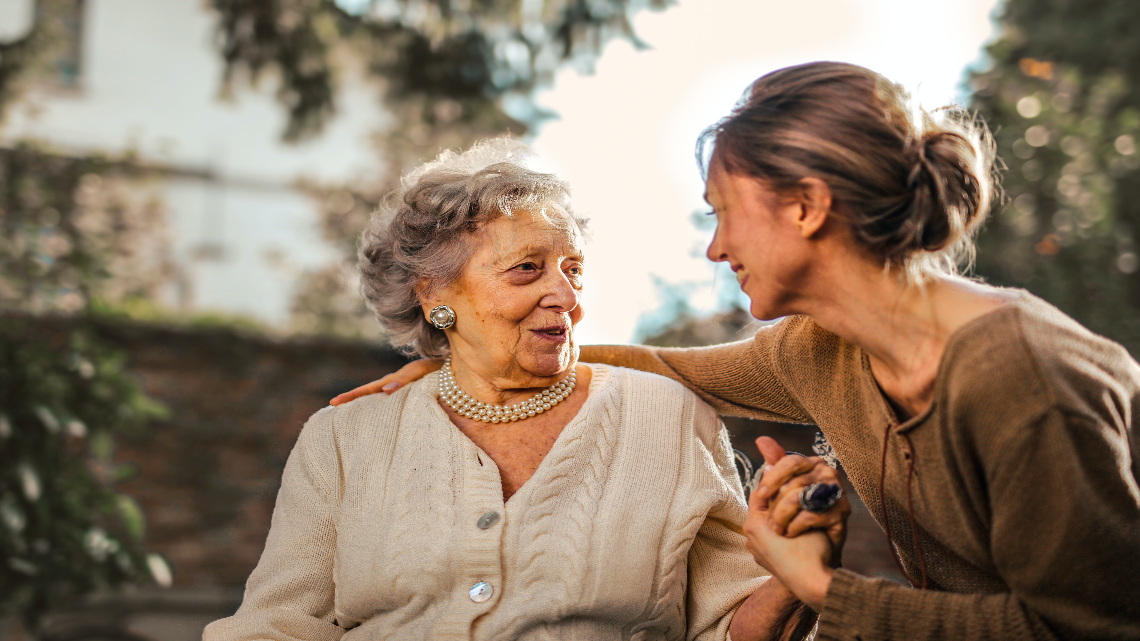How many women do you know who care for children and their parents, in addition to themselves?
Dr. Maureen Templeman, assistant professor in the department of psychology with a specialty in gerontology, provides insight about the number of women in caregiving roles and their underappreciated value.
When your parents are older and need your help, you might provide informal care like:
- Reminding them to take their medication.
- Cleaning their house.
- Helping them get dressed in the morning.
- Feeding them.
- Taking them to doctor’s appointments.
Often, these adult children also work and care for their own children.
“It’s like there are three different roles they’re trying to juggle all at once,” Templeman said.
The role of women?
Nationally, 60 percent of caregivers are women. Closer to 70 percent of caregivers for people with dementia, are also women.
“Generally, when a woman is a caregiver, she’s fulfilling that role on her own,” Templeman said. “She doesn’t have a partner in her corner for support.”
This results in caregiving being a much more time-consuming role for women, extending throughout their entire lives.
“I think the reason for this is gender norms and just the expectation that when there is care to be provided, it’s provided by women,” Templeman said.
Expectations for men and women
There has been a change over the past several decades where some men are providing more care.
However, Templeman believes that might have more to do with families having fewer children.
Her point is if a family only has one child and it’s a boy, then that child will be the one providing care by default.
“I don’t think the rise in men providing care has to do with them stepping up,” Templeman said. “Maybe they are to some extent, but for the most part, it’s when they’re the only one available.
Think about your own family. Is your sister more likely to care for your parents than your brother? Most of the time, it’s women who step up.”
The value of caregivers
The economic value of caregivers in the U.S. is about $600 billion annually. This means women provide a value of $360 billion per year or 60 percent of the total.
That’s over $15,000 a year in unpaid work for every woman providing care.
“Imagine what would happen to the U.S. economy if they all just stopped,” Templeman said.
“It’s hard to know if the number of women caregivers will significantly change in the future. But we can certainly say they’re underappreciated and overused. We need to recognize the true value of caregiving.”

